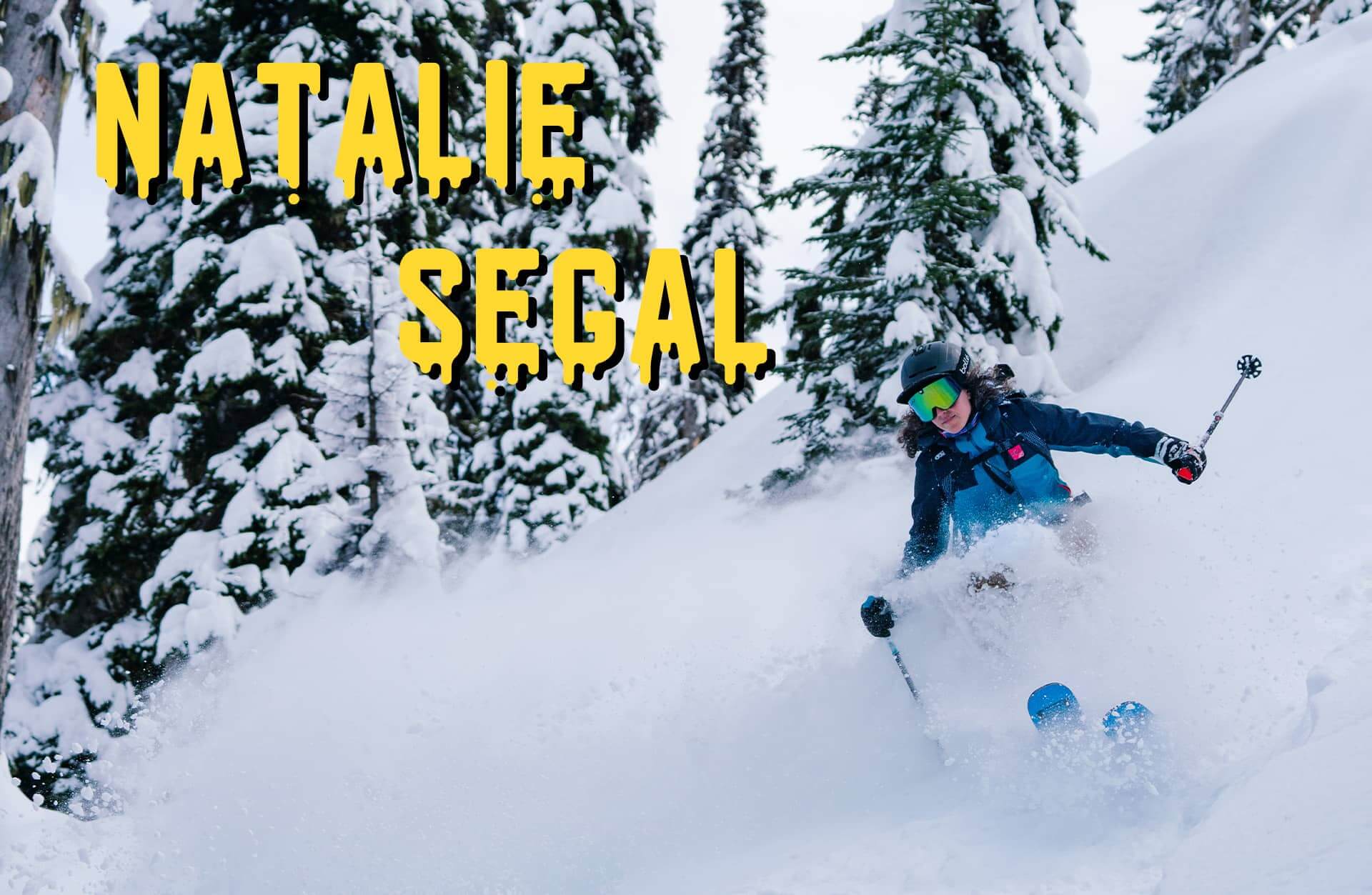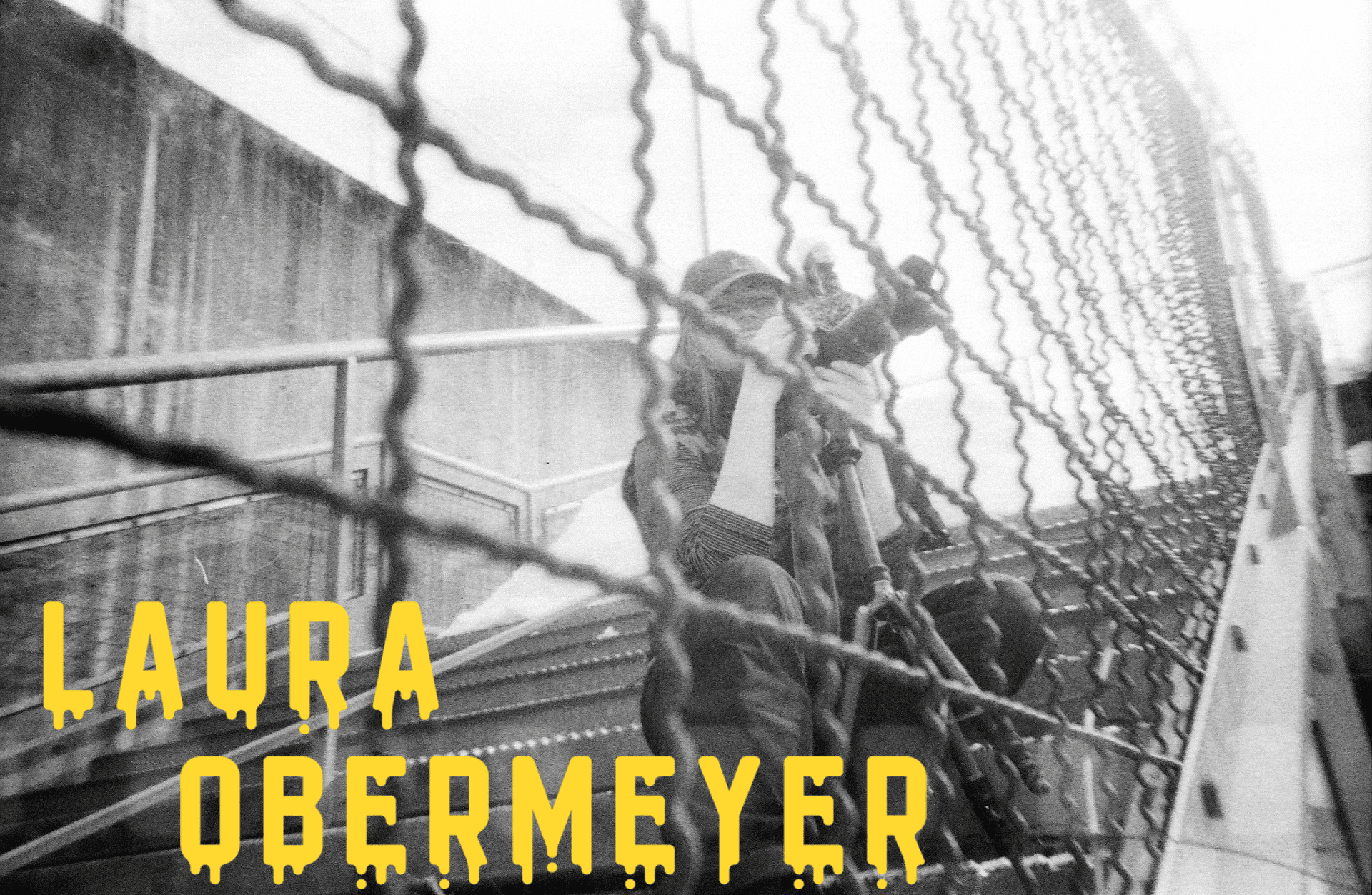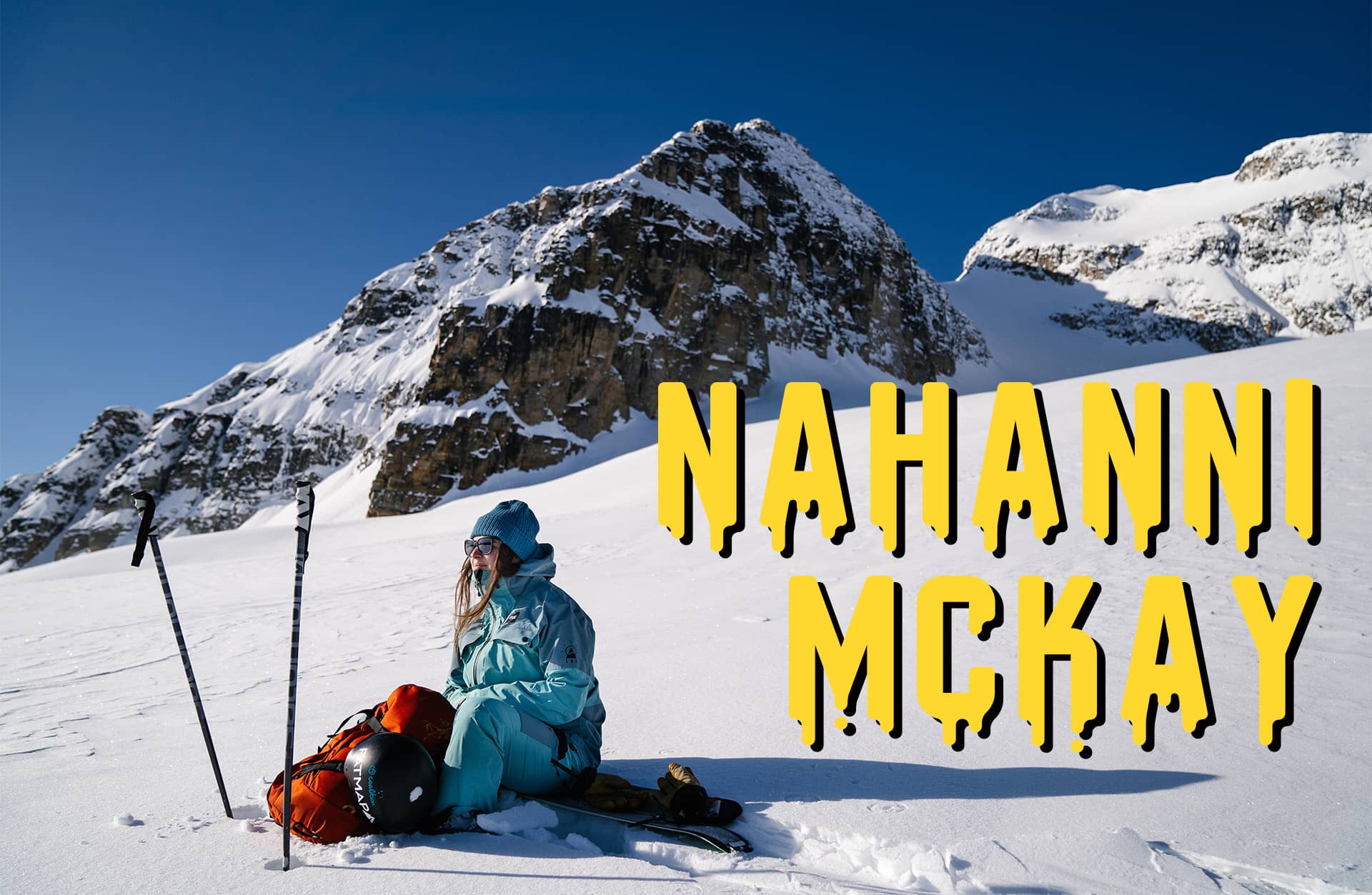SNOW // 01 MAR 2023
CREATING BEYOND BEGBIE
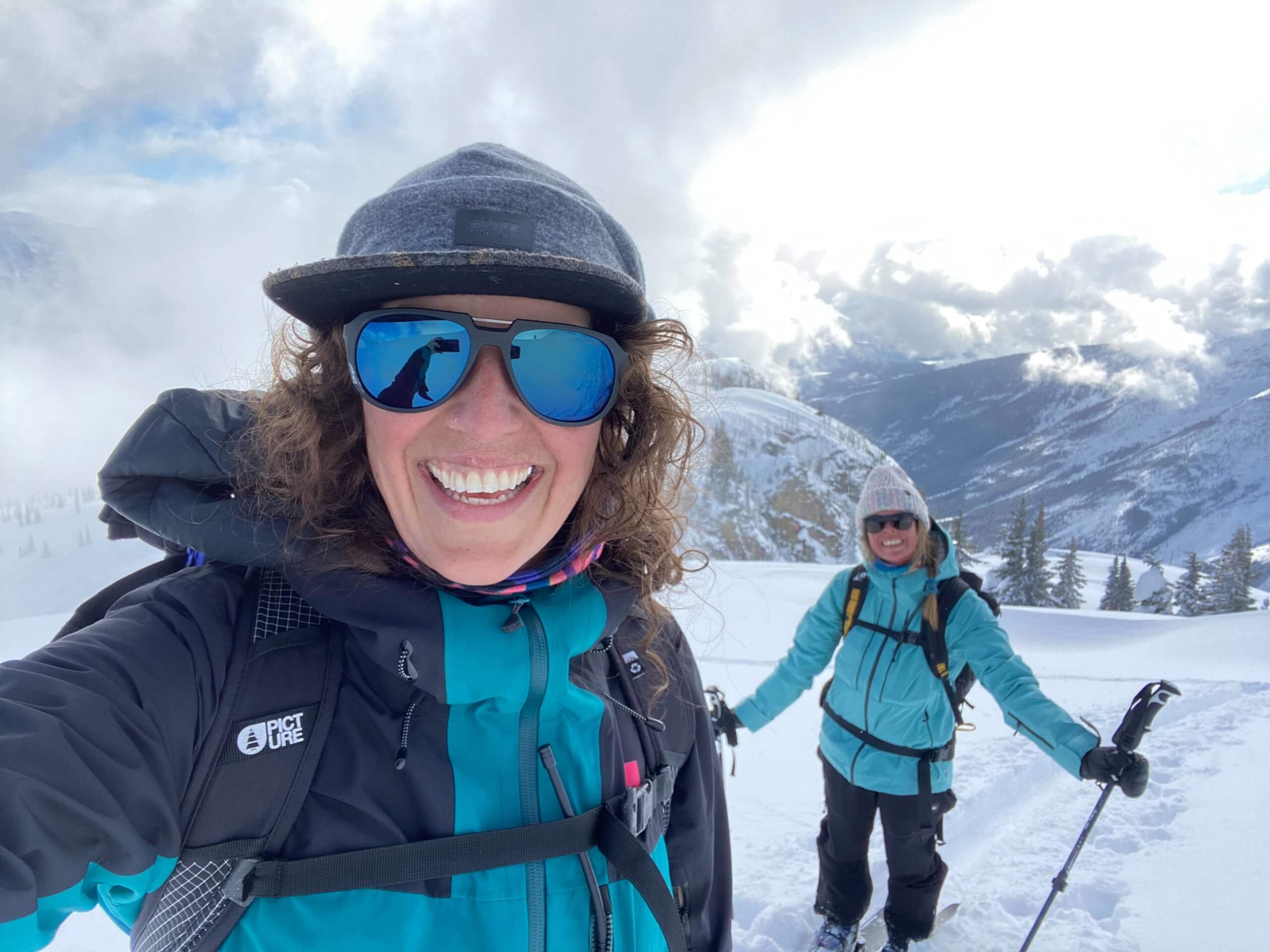
There is power in storytelling. By asking and exploring difficult questions, creatives bring forth ideas and histories that may have otherwise remained buried. With this power, of course comes responsibility. For those with the influence and resources to distribute their work to a larger audience, their choice of what stories to share carries a greater impact. Skier and producer Natalie Segal does not take this obligation lightly, prioritizing untold stories and underrepresented voices in her work.
Segal’s most recent project, Beyond Begbie, explores the history of Mount Begbie and the surrounding area, emphasizing the land’s significance to both local Indigenous groups and outdoor enthusiasts. The film serves as a prime example of how familiar narratives, such as a ski movie, can be reinterpreted to create platforms that uplift minority voices.
Australia may not be the first destination people think of for skiing, but that didn’t stop Segal’s mom from falling in love with the sport. “She was really adventurous and put herself out there,” said Segal. “She volunteered as a ski patroller between her semesters at university and she was really the inspiration behind our family going skiing. She started bringing our family to the mountains because it was a way she could continue to do the sport. We all got really hooked on it.”
Driving three hours each way to the closest resort every weekend, skiing was not just a sport for the Segal family, it brought them closer together. “I pretty much learned how to drive on those roads because once I hit 16, my mum would make one of us drive,” she laughed. “I have so many funny memories of us as little kids just being up there and playing so many games. It was a moment in time before I hit my teenage years where I just remember spending a lot of time with my family. Skiing, it’s a privileged sport, we were really lucky to participate in it. Once again, thanks to our parents, they drove us up every weekend as we started getting into competitive skiing. They fostered it. [Our ski careers] wouldn’t have been possible without our parents.”
In her teens, Segal competed as a mogul skier, but stopped competing after her last year of school. “I realized I didn’t want to become an Olympic athlete,” explained Segal. “I was really into art. It was my whole life for about five years. I never quit skiing, but I put it on the back burner and [pursued my] fine arts degree in painting.”
Still, even after years of being on the back burner, Segal’s heart held tight to skiing. Two years into her degree, Segal saved up and took a year off to travel, she quickly found herself in Chamonix Mont-Blanc where her freeride skiing career kicked off. For the next six years Segal traveled as a top competitor in the Freeskiing and Freeride Skiing world tours, taking several podiums along the way.
As Segal was gaining momentum in her competitive career, a torn ACL in 2013 knocked her both off the tour and off her skis for the rest of the season. During this moment of pause and recovery, she put together a short ski edit from her previous seasons to comfort herself. At the same time, something shifted in Segal. “I was so driven by [competing],” explained Segal. “[Then] I injured myself, fell off the tour, and in the following years I just lost my love for it.”
Coming back from her knee surgery, Segal took her first foray into the world of ski film production. Segal participated as a featured athlete in Shades of Winter: Pure, and then soon after co-produced her first project, Shifting Ice and Changing Tides. “I received a National Geographic Young Explorer grant for [the film]. We worked on it for twelve months as a team of five women, traveling from Iceland and sailing to Greenland to try and find ski lines,” explained Segal. “I felt empowered after that trip. I realized I could approach brands, create this story and come back with photos and media to inspire other people to try new things or talk about issues. I think that was the moment when I started looking away from competition and started to ask, how do I keep on doing this? Because this is a lot of fun!”
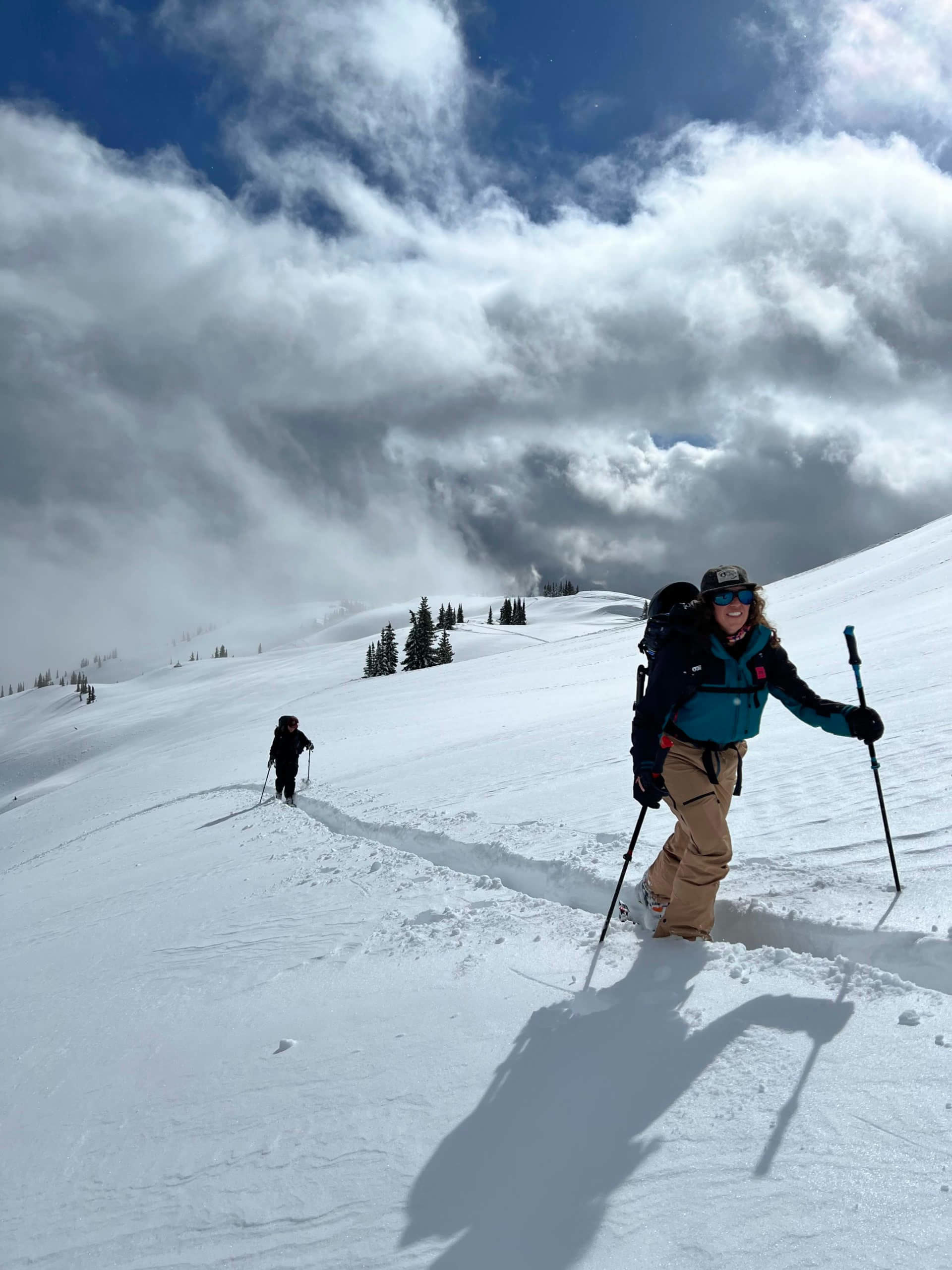
Inspired by other female filmmakers, such as Shades of Winter’s Sandy Landsteiner and Unicorn Picnic’s Lindsay Dyer, Segal’s film catalog grew as she made the movies she wanted to see. “I think a lot of the stories [I tell] come from wanting to make something that’s relatable for people, but also something that I have experienced to a certain degree,” said Segal. “Just constantly questioning things and then making a film about it.”
Beyond Begbie started in the same way as Segal’s other films, with a question. Though a different question than one may expect. “I wanted to make a short film about localism and not as a big scary issue, but with a bit of tongue and cheek, as an Australian living in Revelstoke,” explained Segal. “I wanted to know what makes you feel that you’re at home, what makes you local to a place? Along the way I started to realize that it didn’t matter what I did in the mountains. It was how I was connecting to the community in the town that made me feel at home. I think the pandemic really brought that out and it made me want to better understand all the different layers of the community I lived in.”
At the same time, Segal began to research the stories and histories of the Sinixt Nation, who’s territory extends from the North of Revelstoke down to Kettle Falls, Washington. Declared extinct by the Canadian government in 1956, the Sinixt Nation’s presence was not officially recognized again until 2021. After reading Laura Stovel’s book, Swift River, Segal was inspired. “I wanted to include Indigenous voices in this story,” explained Segal. “Then I realized that I didn’t know anyone who was Indigenous, and I was really embarrassed. I didn’t know any of the history of Revelstoke’s Indigenous community.”
Teaming up with director Zoya Lynch, the duo quickly found that the Indigenous perspectives Segal wanted to share didn’t fit quite right into her initial concept of localism. “I wanted to work the story [of the Sinixt Nation] in, but it seemed to have its own voice,” explained Segal. “In the end, we paused [production] and I started doing more research. I realized that I wanted the story to be about the history of the land, especially of the Indigenous Nations who’ve called Revelstoke home, because it’s this beautiful place that we all connect to, and yet, it has this history that none of us really know.”
The film had already been pitched to a number of Segal’s sponsors under the assumption that Segal herself would be a cast member. However, as they began to move into production something didn’t feel right about a white settler protagonist in an Indigenous centered story. She laughed as she said, “Thanks to Zoya, we made it work. She suggested removing me from the film.” Zoya’s point was heard. The process of untangling Segal from in front of the camera was awkward at times, but as Segal said, “The minute we did it, it felt so good and the fact that my sponsors were behind me made me feel incredibly supported.”
Split into five parts, the film explores different Indigenous perspectives of Mount Begbie and its surrounding areas. “When we came to look at the story arc,” said Segal. “We thought very deeply about each person, [their] mountain abilities and backgrounds, [to decide] where we would put them on the mountain.”
Starting at the top, we join Metis-Cree photographer, artist, and activist Nahanni McKay as she hikes up the side of Mount Begbie. She quickly draws the connection between the names of both Mount Begbie and Mount Rundle of Banff. Both were named after colonizers who contributed heavily to the Canadian Residential School System. She shares her experience of uncovering the history behind the names and how it drives the stories behind her art. “Nahanni is really fiery,” explained Segal. “We felt like that needed to be at the beginning.”
At subalpine, we meet artist Ariel Hill. Hailing from the Six Nations and Wikwemikong First Nations, Hill has lived in Revelstoke since 2017. “I connected with Ariel when I first started the project. She’s been in town for a while. I’d met her before but we had never properly hung out. I know now she makes a great cocktail,” laughed Segal. “Ariel’s a glass artist and a jeweler. I’d bump into her all the time around town and talk about knee injuries and things like that, but we didn’t really know each other. So [when I started work on Beyond Begbie] I just cold messaged her like, what about this? It was really specially building a friendship that started with this film.”
In Hill’s interview, she reveals how ingrained Mount Begbie is in not only Revelstoke’s iconography, but also the community’s sense of identity. Yet, it is named after Matthew Baillie Begbie, a white man that has a complicated history with the Indigenous and Asian people of the area during British colonial rule. The darker shadows of his past are regularly obscured by his position in history as the first Chief Justice of the Crown Colony of British-Columbia.
On the shoulder of Mount Begbie we connect with split-boarder and Indigenous liaison Dale Tomma. Growing up in Salmon Arm on Secwépemc territory, Tomma is a recent addition to the Revelstoke community. He shares how snowboarding, when paired with his own Indigenous practices, creates a sense of connection between him, the mountain, and his culture. “The first day shooting with Dale; he, Zoya, Colleen and I were dropped on Begbie’s shoulder,” explained Segal. “The snow was really good. The weather was clearing up. It was the perfect day, and it was so much better than we expected. In his segment Dale talks about connecting with the mountain. When we were up there filming it really felt like the mountain wanted us there.”
Next we hike through the Begbie treeline with Tim Patterson. As a member of the Association of Canadian Mountain Guides, an anthropologist, a Revelstoke local and a member of the Lower Nicola Indian Band, Tim sees a lot of crossover between his fields of work. “I met Tim in an avalanche course in 2019,” said Segal. “Then he saw I was doing my hike guiding cert, and had reached out to me about maybe working for him. Our friendship has grown from there, I think we have taught each other quite a bit over the last year or so. Filming with Tim is always fun because he laughs a lot and tells lots of stories.”

Finally, in the Columbia River Basin, we are introduced to Sinixt elder Shelly Boyd. She shares the impact of the Canadian government’s actions on the Sinixt Nation and how important connecting to the land is for everyone who lives on it. “Working with Shelly Boyd, listening to her perspectives, thoughts, and learning so many pieces of history from her, that was really a really big moment,” said Segal. “She’s a really busy person, so we were incredibly grateful to be able to collaborate with her.”
In ski media, a common narrative theme is that of reaching the top of the mountain. This holds true for the outdoor community as a whole. For example, summiting Mount Begbie being a “right of passage” in Revelstoke. Segal and Lynch wanted to flip that story. “We decided to begin at the top and move down the mountain. Because so many films are all about getting to the top and this film is about appreciating the mountain.”
From the onset of the project, Segal was deep in research. As an outsider to any minority group, one’s default state is ignorance, so Segal read. A lot. Still, learning history from the pages of a book is a much different experience than hearing those same stories from those directly impacted. “There were a lot of really hard moments,” said Segal. “Zoya and I drove down to Arrow Lakes to meet Shelley and some of the other Nation members. They were traveling to different sites for a ceremony and introducing some of their community to the land they had been previously disconnected from.”
She continued, “Driving back and forth to these meetings, Zoya and I recognized that we felt out of our depth. The Sinixt community had dealt with so much tragedy and loss. We felt like intruders and questioned what right we had to be making this film. Talking it through we agreed that it was an uncomfortable process but we had to accept being uncomfortable. While we have the privilege to go back to our lives, there’s people in this community and other communities that are dealing with issues far greater than just being uncomfortable because of their history. So we can be uncomfortable for a moment, hopefully more. The filmmaking process was often very tense as we were dealing with important issues and we didn’t want to screw up. It wouldn’t have been possible without the incredible collaboration and guidance of the film participants and film consultants Tim and Hayley Morin. Even with their support sometimes we screwed up, but we acknowledged it, sought to understand better and moved on.”
This humility and openness to learning was essential to making Beyond Begbie an honest representation of the film participants’ cultures and perspectives. “Being open for constructive criticism and also having the spirit of working together [made this film happen],” explained Segal. “Our strategy was based on collaboration. Everyone we worked with was open about what was comfortable or not for them. We consulted with the film participants throughout the post-production of the film. It was important that their opinions were correctly represented.”
Beyond Begbie is just one piece of the ever growing argument for the decolonization of outdoor spaces, which includes, but is not limited to, reverting the names of key landmarks to their known Indigenous names. This effort is in part to acknowledge and take responsibility for the ugly parts of history, but it also allows people to reconnect with the land in a more meaningful way. “It’s about the stories,” said Segal. “That was my main take away from making this film. I think that that’s a very different way of thinking than how a lot of us were brought up. We can connect to [the land] because we all still tell stories, we all can connect to that. It’s about your experience in that place, and it’s about what you’re reminded of when you go back there. Building these cumulative experiences, that’s your connection to the land.”
Often these story based names serve a more practical purpose as well. One poignant example was offered by Sandy Ward from the Líl̓wat Nation at the Revelstoke premiere of Beyond Begbie during a speaker’s panel. She spoke about Mount Currie, a prominent peak on the Pemberton, BC skyline. “Sandy shared that over the last few years people have started calling it by the Lil’wat name, Ts̓zil, which I remember it meaning many slides,” recollected Segal. “That name, it’s a story. The mountain avalanches often. It’s educational, even in the name.”
“I think land recognition really [means that] we are recognizing people who were here before us. In the film Tim talks about the layers of history of the land and how it can mean a lot of things to a lot of different people,” continued Segal. “We all spend time on this land and I think this acknowledgement ties us to it. We become a part of a place and as a result we are responsible for it as well. That’s why I think [outdoor athletes are] responsible for maintaining and being aware of [an area’s] history, and why I think land acknowledgement can be a really powerful thing. I‘m not talking about reeling off the names of the [Indigenous] Nations and then we’re done. But, it’s really about how you connect to the land, the history, respecting what came before you and being open to traditional land right owner’s perspectives. The fact that there were people here 10,000 years ago, living in Revelstoke on the river, this place is just so special. It’s fed and supported human beings for so long. We’re so lucky to be here.”
This project was the first in which Segal’s role was entirely behind the camera as a producer. While it was a change from the norm, Segal found that there was a certain freedom working on the back-end of the film. “If you ever spend any time with me near a kitchen, you’ll realize that I can be quite bossy,” laughed Segal. “There’s some parts of [being the producer] that are really intimidating. I think the financial side and getting enough funding, that part is really intimidating. [However] it was easier to make decisions while not being in front of the camera as an athlete or film subject.”
Looking to the future, Segal is excited to collaborate with other creatives to help their projects come to life. “I am starting to realize that my own personal projects take so much of me and it’s nice to support other people with their goals,” said Segal. “I learn [something] every time I work on something new. I think it’s really important to work with other people for that learning. Zoya and Colleen Gentemann [Director of Photography] taught me so much on Beyond Begbie. I still have so much to learn, so I am very grateful to have opportunities to work with other filmmakers, creative people and athletes.”
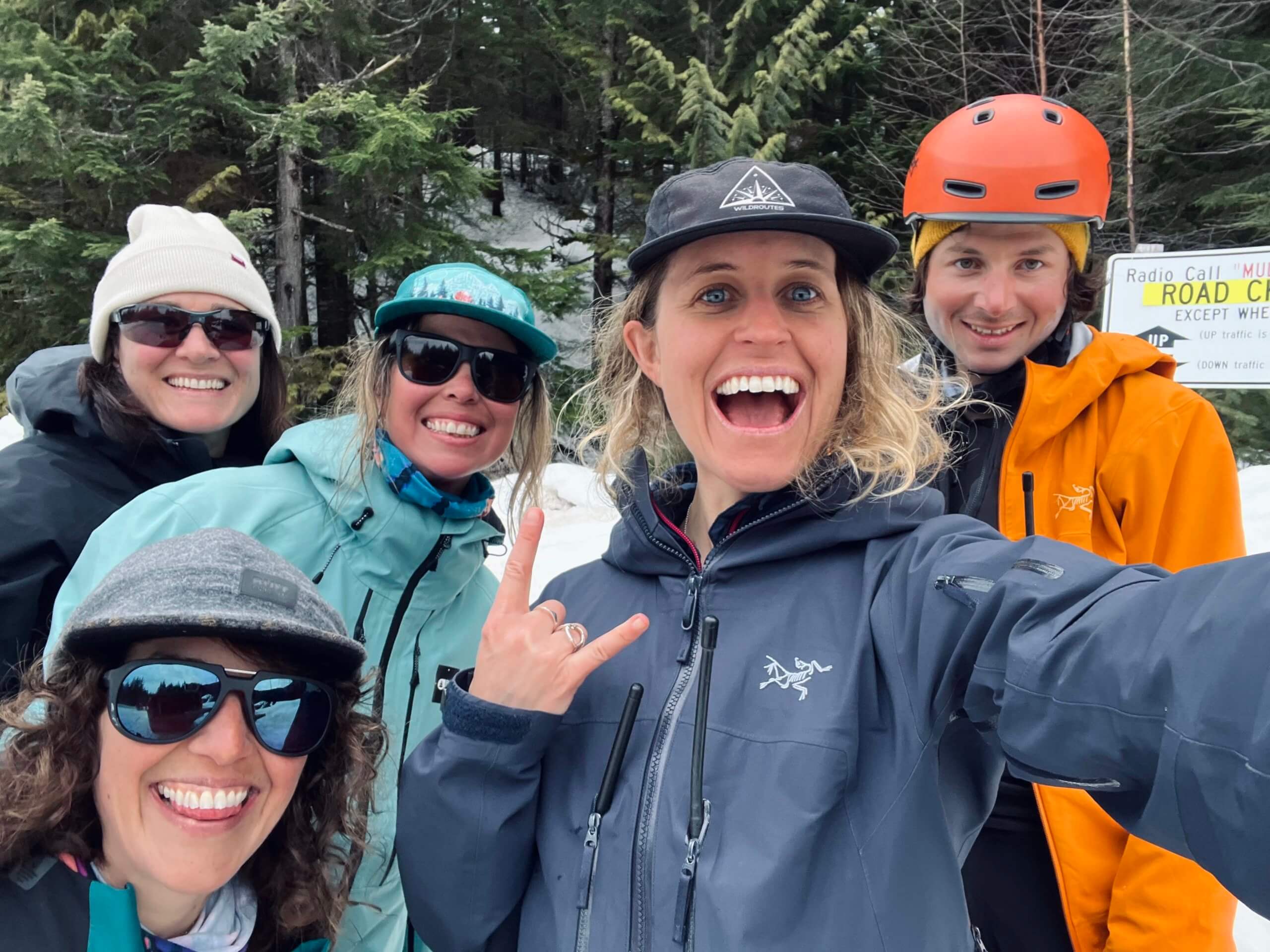
“This winter I’m working on a film with Ryan Collins, who was our assistant editor [on Beyond Begbie], and he is directing a film based in Revelstoke called People Like Us. It’s about being queer in rural towns like Revelstoke.”
Though the topics may differ, at the core of each of Segal’s projects is a question. And she still has a lot of questions. “I don’t always have the courage to ask some of them,” said Segal. “But, I’ve definitely found that the things that you delve into which make people feel uncomfortable are [what make me] personally get excited. I think we sometimes want to tell the easy stories, but they’re the ones that we forget quickly. It’s the stories that are a little bit more difficult to tell that are the most human.”
